
If You Think Teal And Turquoise Are The Same Color, You Might Not Do Well On This Color Trivia
We all have an idea of primary colors and which colors we get when we mix some of them together. When we mix red and yellow, we get orange, and when we mix blue and red, we get purple. But what if we made this game a little bit more difficult by presenting distinct color combinations and various shades? Do you think you would still be able to tell them apart? In each question, you will be given two colors, and in the answers, there will be possible shades of colors that you would get when you mix the two colors together. Your mission is to guess which exact shade you would get when you mix those two colors. If you concentrate, we are sure you will answer most of the questions correctly.
Good luck—because it may be more difficult than you expect.😎
I am a retired artist. I know allllllll about color. This is nonsense. The colors achieved through mixing are dependent on media and environmental conditions.
Yeah, BS. I didn't even finish it. It makes no sense and I'm not colorblind.
Load More Replies...That's not even how this works. You have to know what materials you are mixing. Suppose you have a white page. Every wavelength bounces back to you in roughly even proportion. Now you add a blue dye. The blue dye absorbs lots of red, green, yellow, purple and orange light, reflecting largely only blue. Now you add a red dye. You get purple, right? Well, if the red dye interferes with the blue dye absorbing red light, yes. Or if the blue dye was very pale, and only moderately blocked reflection of red dye. But as many frustrated kids learn from painting in art class, you could also get a dark, ugly mess if now you have one dye that absorbs everything but blue, and another that absorbs everything but red... and end up absorbing next to everything. This is why pale, translucent colors tend to blend well.
@Bored Panda, please stop trying to be Buzzfeed! We’re here because you’re not that.
Once you click the answer, very thin, almost undetectable lines of green and red outline the answers so you see that the correct answer was the green. But it’s so tiny you can barely see it.
Load More Replies...I am a retired artist. I know allllllll about color. This is nonsense. The colors achieved through mixing are dependent on media and environmental conditions.
Yeah, BS. I didn't even finish it. It makes no sense and I'm not colorblind.
Load More Replies...That's not even how this works. You have to know what materials you are mixing. Suppose you have a white page. Every wavelength bounces back to you in roughly even proportion. Now you add a blue dye. The blue dye absorbs lots of red, green, yellow, purple and orange light, reflecting largely only blue. Now you add a red dye. You get purple, right? Well, if the red dye interferes with the blue dye absorbing red light, yes. Or if the blue dye was very pale, and only moderately blocked reflection of red dye. But as many frustrated kids learn from painting in art class, you could also get a dark, ugly mess if now you have one dye that absorbs everything but blue, and another that absorbs everything but red... and end up absorbing next to everything. This is why pale, translucent colors tend to blend well.
@Bored Panda, please stop trying to be Buzzfeed! We’re here because you’re not that.
Once you click the answer, very thin, almost undetectable lines of green and red outline the answers so you see that the correct answer was the green. But it’s so tiny you can barely see it.
Load More Replies...
 Dark Mode
Dark Mode 

 No fees, cancel anytime
No fees, cancel anytime 


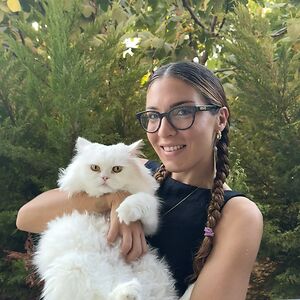




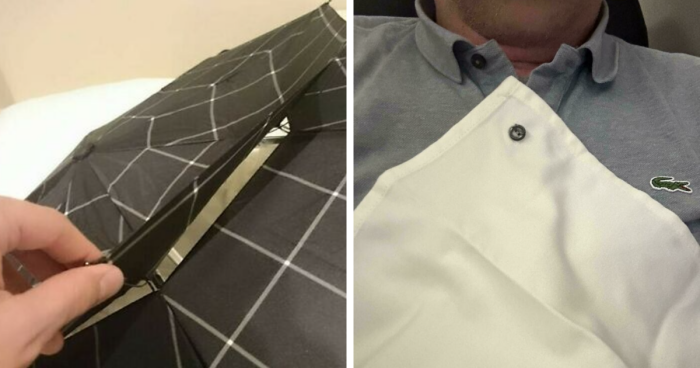

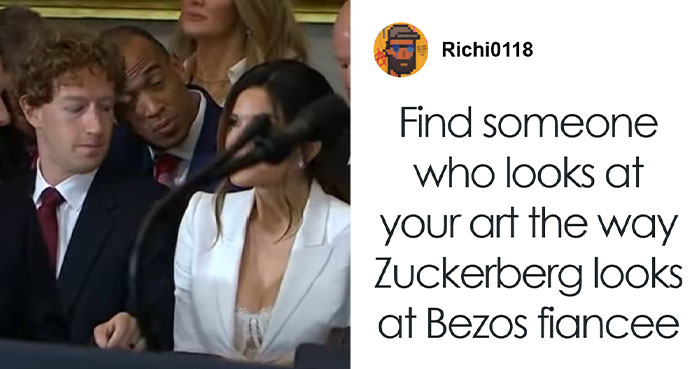



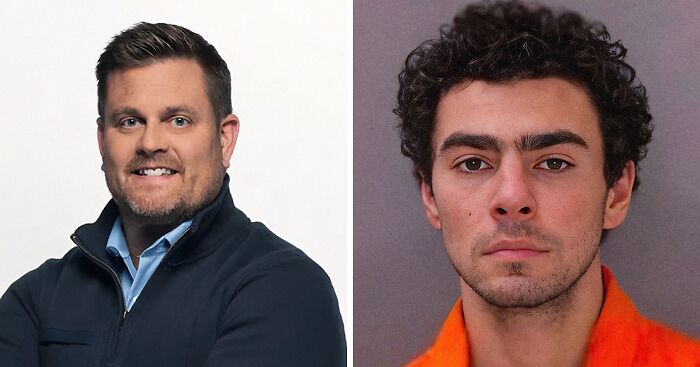



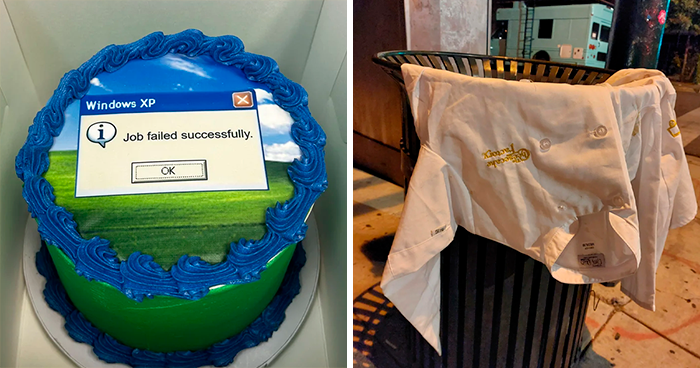

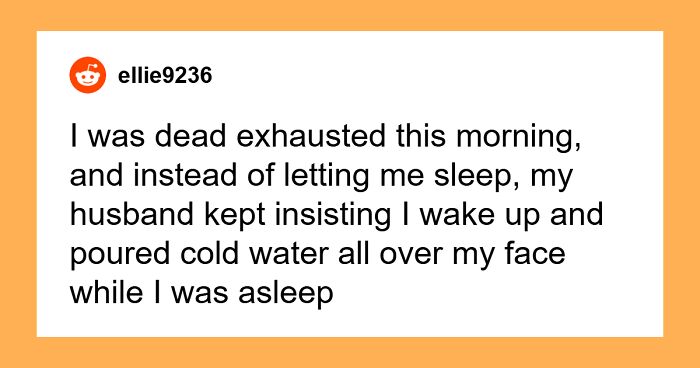
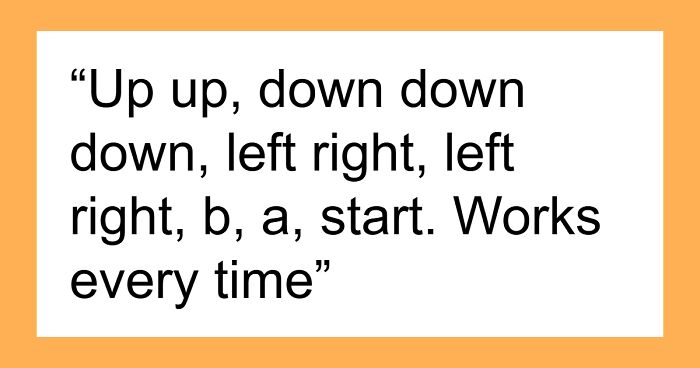


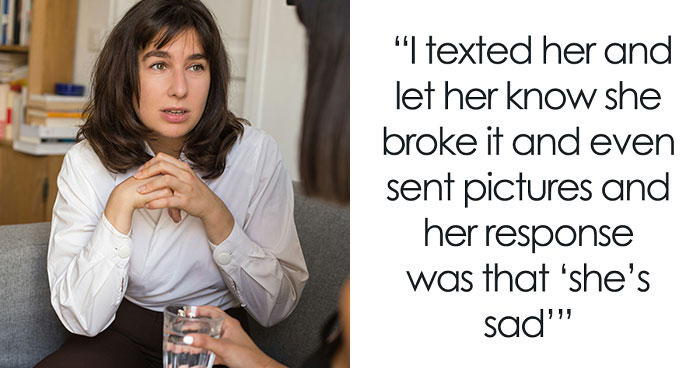


-35
14